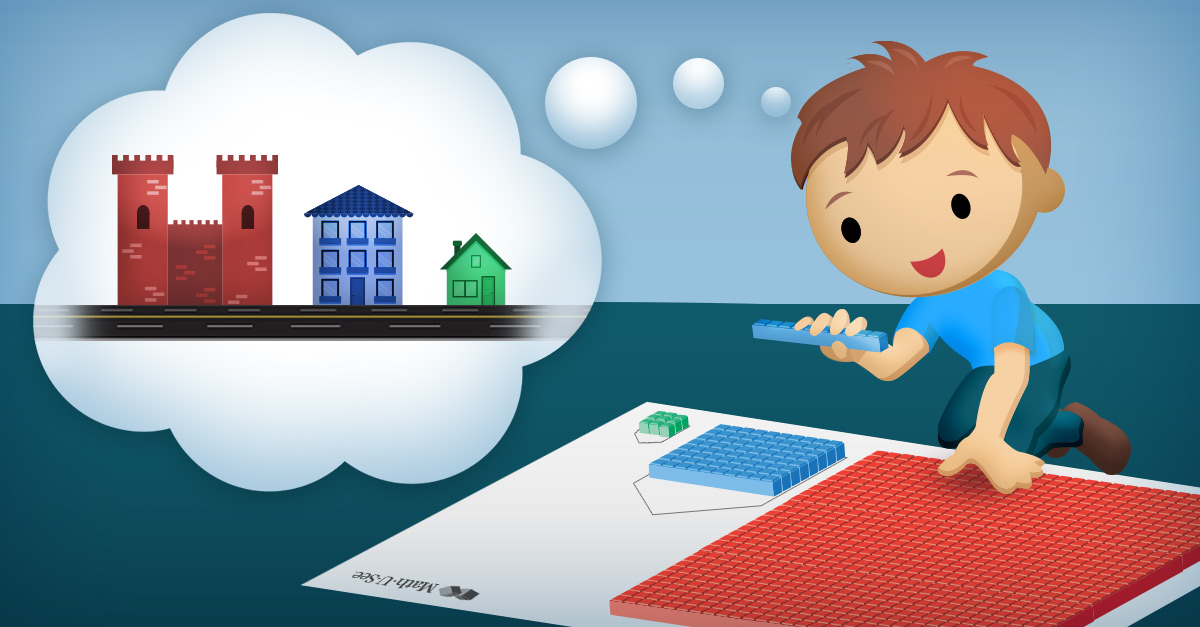Hands-on Learning Benefits

I used to run around my childhood neighborhood with a small gaggle of girls. We would climb over fences, stealthily pluck roses from groomed gardens, and make believe that we were princesses or poor trapped maids or warriors burdened with great responsibility, depending on our mood. During the week, though, I was a first-grader in a typical Chinese classroom. I sat in a straight row with a straight back and listened quietly while my teacher lectured about addition or calligraphy.
Now, at 28, I remember far better the lessons I learned in the wild than those I learned sitting upright. This was because, instead of being told to believe something to be true, I experienced it for myself. As a young student, I thought of “school world” and “real world” as totally separate entities. However, this is not how we want to teach our children; we want them to know that what they’re learning with us applies to what they experience in the real world and have their real-world experiences fluidly reinforce what they’re learning in the classroom about math, history, or science.
The National Center for Education reported in 2011 that a significant number of American students felt disengaged from their education and were unable to apply their learning to real life. This may seem obvious, but the report also found that higher levels of engagement closely correlate with high levels of achievement and with lower dropout rates.
Hands-on Learning Benefits
Well-designed, hands-on activities in the classroom foster connections to real-world situations and increase learner engagement. This commingling of the classroom and the rest of life is called hands-on learning. When students make connections between the concepts in the classroom and concepts in the real world, more parts of their brains are activated, and the knowledge gained more easily transfers to long-term memory. This style of teaching and learning also fosters the growth of critical thinking and problem-solving skills – skills that many employers say they view as high priorities in new hires. Another perk to hands-on learning is that it makes both teaching and learning fun again. School time is not simply a time to “buckle down” and “do work” but an extension of the full lives that your kids are already living.
A great way to get started with hands-on learning is simply by asking the question, “How can what we’re learning be used in the world around us?” Therefore, instead of learning chemistry exclusively through formulas and worksheets, why not bake up some chemical reactions? Instead of teaching map reading purely from a book, consider incorporating a map of your own neighborhood or a city that you’ve visited.
In math, a great way to incorporate hands-on learning is with our Math-U-See® manipulatives. By using these colorful and tactile blocks, students see and touch in order to learn how math concepts work. They then continue to solve problems through standard algorithms and word problems that mimic real life.
Start small with one or two hands-on activities a week built into your lessons. Soon enough, you’ll find that new ideas come to you more naturally, and your students’ enthusiasm will be encouragement enough to keep going!